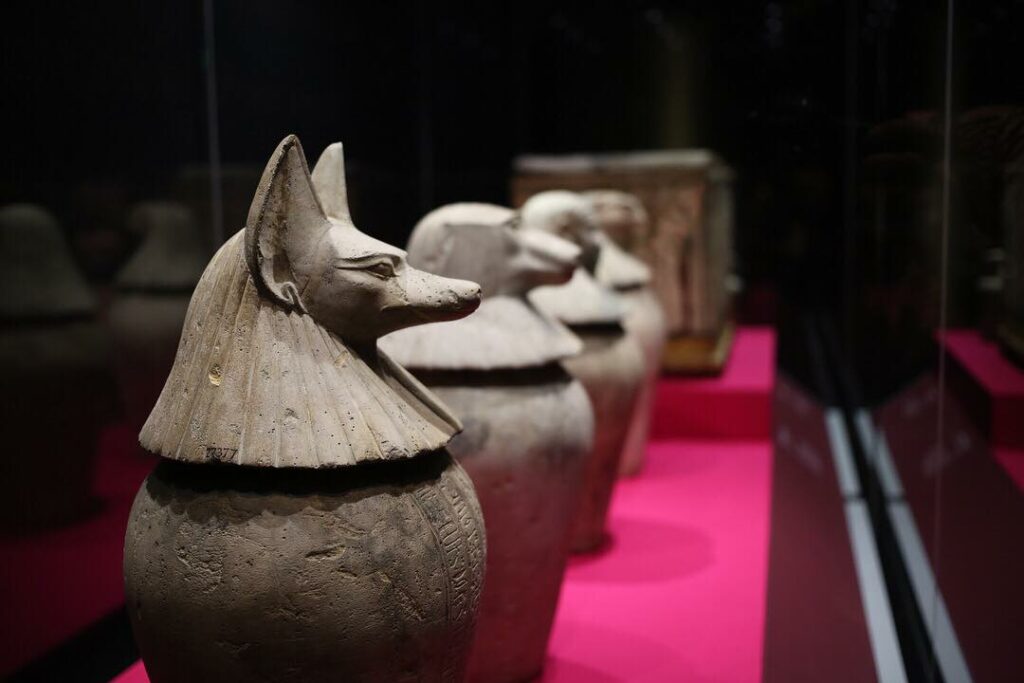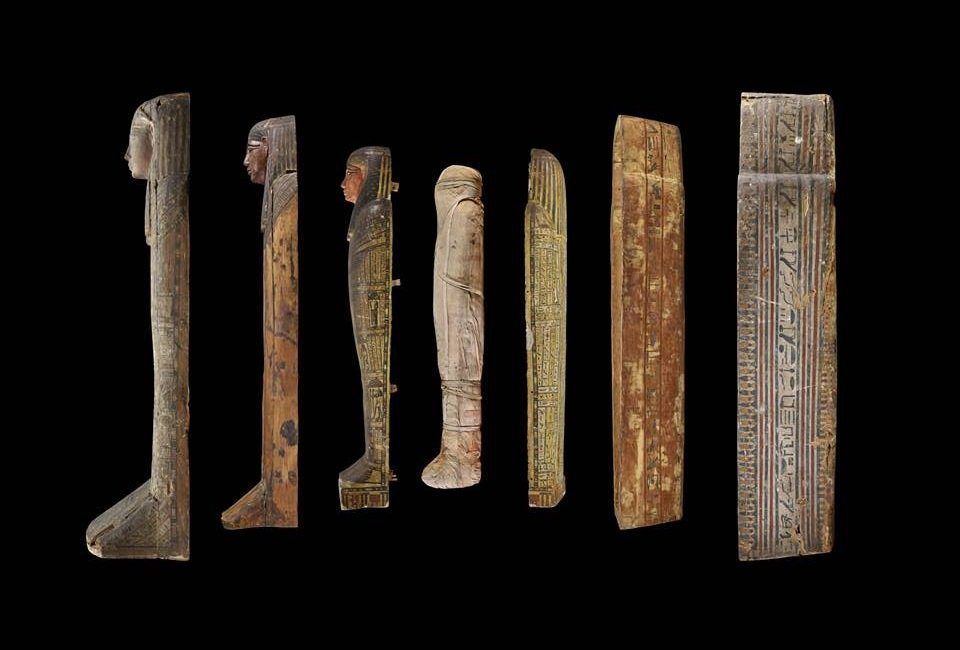It’s an unofficial scientific fact that we’re all slightly fascinated by mummies. Can you blame us? In the spirit of this, we have searched far and wide in the Google pyramids for some facts about mummies that you might not know!

1. Each organ of the deceased was stored in a specific jar with a specific god carved into it. However, the heart remained in the body; the Egyptians believed that it was essential for a good afterlife.
2. During the wrapping process, the fingers and toes were individually wrapped…I think we just found out what inspired toe socks.
3. Before being placed in the casket, a ritual called the “opening of the mouth” would be performed. This allowed the deceased to eat and drink one last time.
4. The mummification process lasted seventy days. Fifteen days were spent cleansing and purifying the body, forty days were spent waiting for the body to dry, and another fifteen days were spent wrapping, bandaging and painting. Good thing they had a lot of spare time back then, pre-technology and social media, you know?

5. The rituals and magic spells used during mummification ensured the preservation of the soul as well as a clear path to the afterlife.
6. The first mummies found were from the prehistoric times and were actually accidentally created. Due to Egypt being an arid country, dry sand and air would naturally preserve bodies that were buried in the sand.
7. It took Egyptians more than seven hundred years to figure out that if they took the internal organs out of the bodies, they wouldn’t rot.
8. Even animals were mummified. This gives the command “Stay!” a whole other thousand-year-old meaning.

9. Without their wrapping, mummies only weigh about two kilos.
10. People can still pay to be mummified today, but it costs around seventy thousand dollars.
All in all, mummification was a very specific and time-consuming process. But it’s thanks to the clever Egyptians that we know and are still finding out so much about their lives from hundreds of years ago. Egyptians managed to preserve bodies so well that researchers can still tell what they looked like, when they died and what kind of life they lived. The Queensland Museum’s historical showcase will give us an even better glimpse into the lives, culture, and history of Egyptian mummies.



